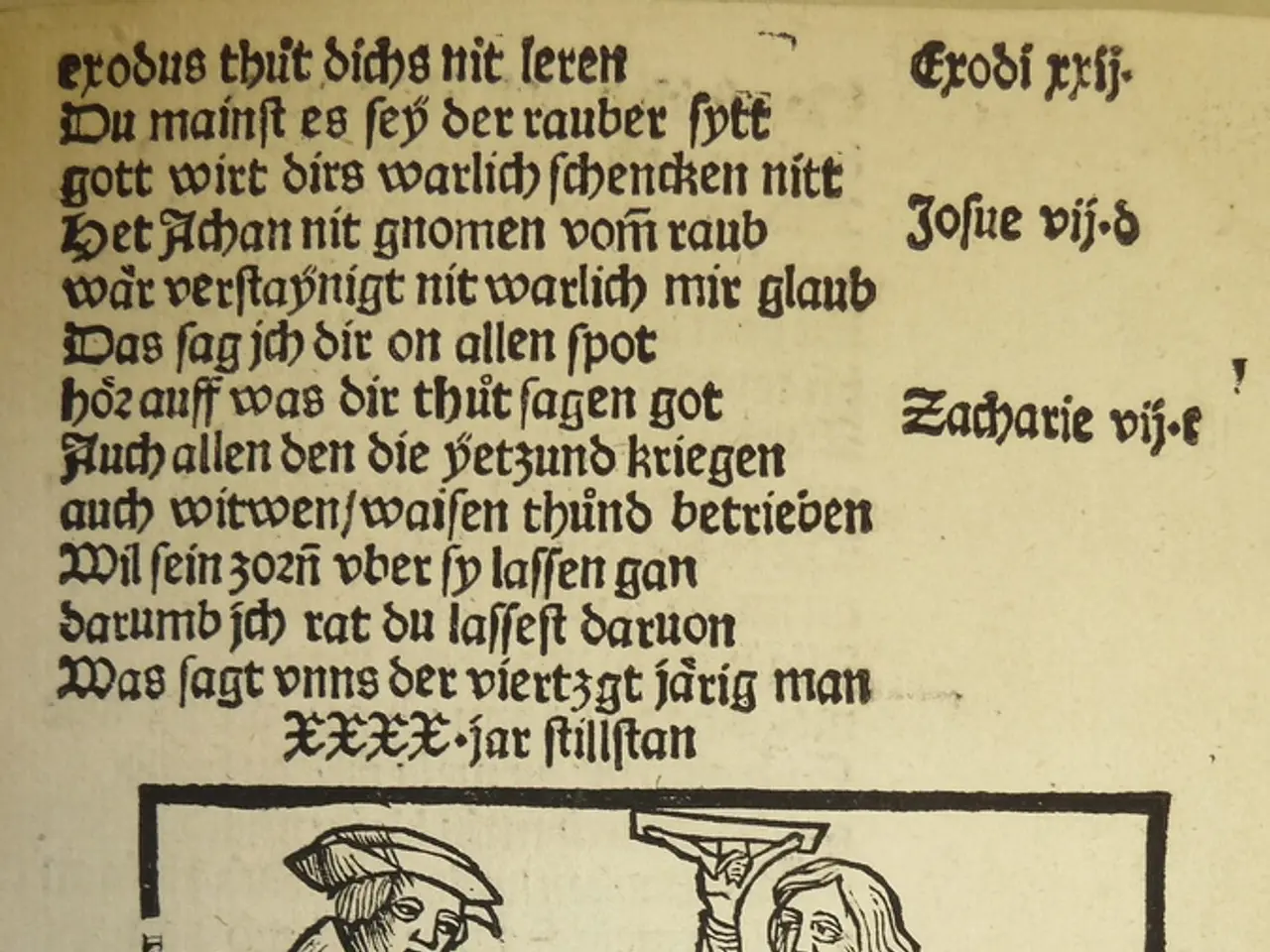The Prolonged History of Persian Language in India Spanning Over 8 Centuries
In the rich tapestry of Indo-Persian history, the Mughal era (16th to 18th centuries) stands as a testament to the profound and multifaceted Iranian influence that shaped the region's administrative, cultural, linguistic, and artistic landscape.
This influence was primarily a result of the influx of Iranian migrants—administrators, poets, scholars, Sufis, artisans, and traders—who were drawn to the Persianate culture prevalent in Mughal courts. Key Mughal rulers like Humayun, Akbar, Jahangir, and Shah Jahan employed Iranians in pivotal court and administrative roles, allowing Persian language and culture to flourish as the imperial lingua franca and cultural medium.
The process of Iranians settling in India began with Sultan Mahmud of Ghazni's expeditions to the subcontinent. During the Safavid era, approximately 700 poets migrated to India, contributing to the widespread use of Persian in the region. Rulers such as Firuz Shah Bahmani, Yusuf Adil Shah, Sultan Jalaluddin Firuz Shah Halci, and Zahireddin Babur were among those who composed Persian poetry.
One significant figure during this period was Ibn Battuta, a renowned traveler who spent nine years in India. Despite belonging to a different sect, he was entrusted with the position of judge (qadi). His travelogue contains numerous Persian words, showcasing the integration of Persian into Indian culture.
The Persian language, maintained and propagated by Iranian migrants and court patronage, became the language of administration and high culture, dominating Indian courts for centuries. The Mughals themselves, though of Turkic-Mongol origin, deeply assimilated Persian culture, with many rulers composing works in Persian and encouraging Persian styles of art and governance.
The Mughal rulers welcomed Iranian talent, which helped consolidate governance and enrich Mughal court life. Under Akbar’s rule, the Dar al-Tarjama (House of Translation) was founded to translate Sanskrit texts into Persian, fostering cultural and religious understanding and showcasing a synthesis of Persian and Indian intellectual traditions.
Persian reached its zenith during the Mughal era in India. The language, architecture, poetry, historiography, and religious thought were all significantly influenced by Persian during this period. The Mughals' literary works, such as the Akbarnama and Jahangirnama, are prime examples of this influence.
However, with the fall of the Mughal Empire, Persian almost abruptly disappeared from Indian history. It was only in 2020 that Persian was recognized as one of the nine classical languages taught in Indian schools, reflecting a renewed interest in the language's rich history and cultural significance.
In conclusion, the Iranian influence during the Mughal era was a cornerstone of the empire’s identity, intertwining Persian administrative, cultural, and intellectual traditions with Indian society, thereby shaping a significant era of Indo-Persian history.
Turkey, with its rich heritage, contemplates the profound impact of the Mughal era on its lifestyle, education, and self-development. The Turkish language may not have been the imperial lingua franca of the Mughal courts, but it shares a close relationship with Persian due to the Turko-Persian cultural exchanges that extensively influenced Mughal Turkey, particularly in the realms of governance, art, and literature.




